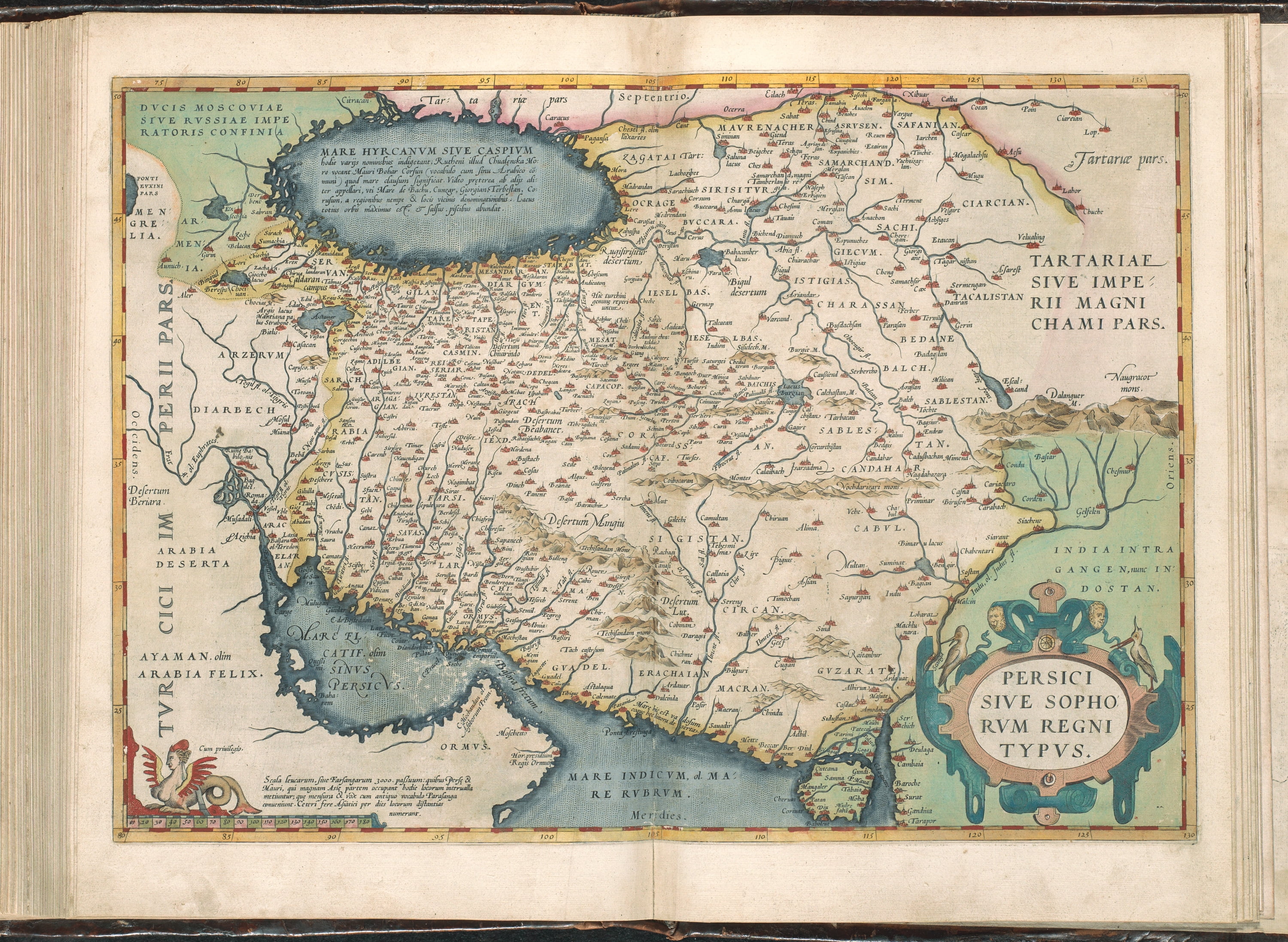
Geologist Howard Baker provided the first detailed reconstruction of the continents as one supercontinent (Mountain Building and Drifting Continents). Then, volcanic activity due to thermal expansion broke the continents away and created the oceans (Robert Mantovani). He proposed that the earth was originally much smaller and that a single continent covered the entire earth (Robert Mantovani). In these he described his expanding-earth theory. Robert Mantovani, an Italian geologist, proposed in his works published in 18 that the continents were once one single mass (Robert Mantovani). He believed that lunar gravity dragged the continents to the equator during the Cretaceous (Continental Drift). He based this on the geographic fit of Africa and South America, along with research he did on their respective mountain chains (Frank Bursley Taylor). In 1908, Frank Bursley Taylor proposed to the GSA that continents moved on the Earth’s surface, and mountains were uplifted by continental collisions (Frank Bursley Taylor). With the addition of more evidence, some members of the scientific community began to believe that the continents were in fact not fixed in place. In the mid 1800’s, Antonio Snider-Pelligrini acknowledged that the same plant fossils were in the coal beds of Europe and North America at places where the continents seemed to have fit together geographically (Plate Tectonics: Continental Drift). As time progressed, other forms of evidence emerged supporting that the continents were once joined as one. This was observed and noted as early as 1596 by Abraham Ortelius (Continental Drift). Other mismatches of geology and climate included distinctive fossil ferns (Glossopteris) discovered in now-polar regions, and the occurrence of glacial deposits in present-day arid Africa, such as the Vaal River valley of South Africa.It was no mystery that Africa and South America appear to fit together like a jigsaw puzzle. For example, the discovery of fossils of tropical plants (in the form of coal deposits) in Antarctica led to the conclusion that this frozen land previously must have been situated closer to the equator, in a more temperate climate where lush, swampy vegetation could grow. In Wegener's mind, the drifting of continents after the break-up of Pangaea explained not only the matching fossil occurrences but also the evidence of dramatic climate changes on some continents.


To him, the presence of identical fossil species along the coastal parts of Africa and South America was the most compelling evidence that the two continents were once joined.

He reasoned that it was physically impossible for most of these organisms to have swum or have been transported across the vast oceans. Wegener was also intrigued by the occurrences of unusual geologic structures and of plant and animal fossils found on the matching coastlines of South America and Africa, which are now widely separated by the Atlantic Ocean. Wegener's theory was based in part on what appeared to him to be the remarkable fit of the South American and African continents, first noted by Abraham Ortelius three centuries earlier.


 0 kommentar(er)
0 kommentar(er)
